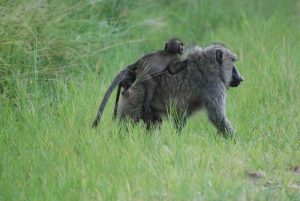 Practical Information
Practical Information
Getting Here: By road, the Nile river crossing at Paraa, in the centre of the park, is approximately 5hrs (305km) drive from Kampala, on good roads. The nearest town to the park is Masindi.
Climate: During the day, the temperature is often around 25-32°C, making it one of the hottest regions of Uganda. Nights are cooler, dropping to around 18°C, and there is little rain – though when it arrives it can be torrential!
Entrance fees:
Contact Uganda Wildife Authority (UWA) for more information about entrance fees and multi-day passes. Please notes that rates are subject to change.
Email: uwa@uwa.or.ug
Phone: +256 41 355-000
Web: www.ugandawildlife.org
UWA Tariffs 2020/ 2022: View here

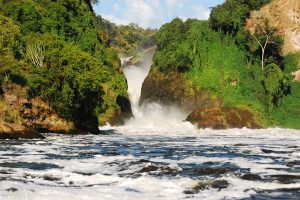 Murchison Falls
Murchison Falls What To Do
What To Do Wildlife
Wildlife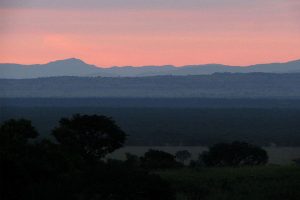 Queen Elizabeth
Queen Elizabeth What To Do
What To Do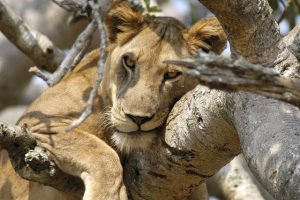 Wildlife
Wildlife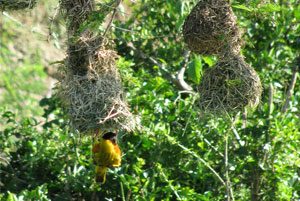 Practical Information
Practical Information
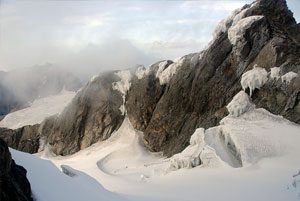

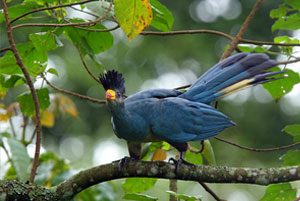
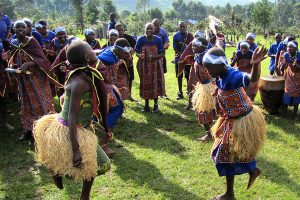 Bwindi Impenetrable
Bwindi Impenetrable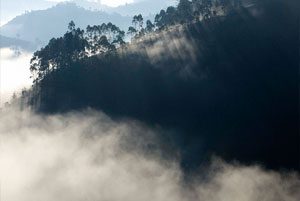 What To Do
What To Do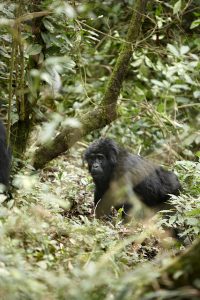 Wildlife
Wildlife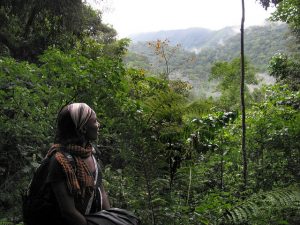 Practical Information
Practical Information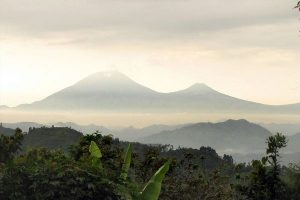 Mgahinga Gorilla
Mgahinga Gorilla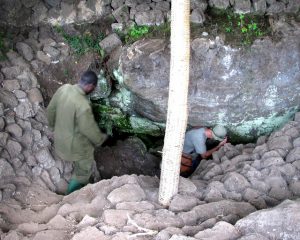 What To Do
What To Do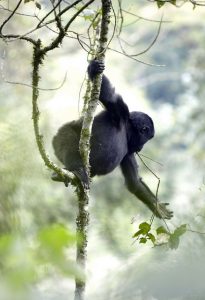 Wildlife
Wildlife Practical Information
Practical Information

